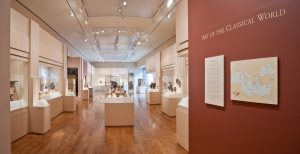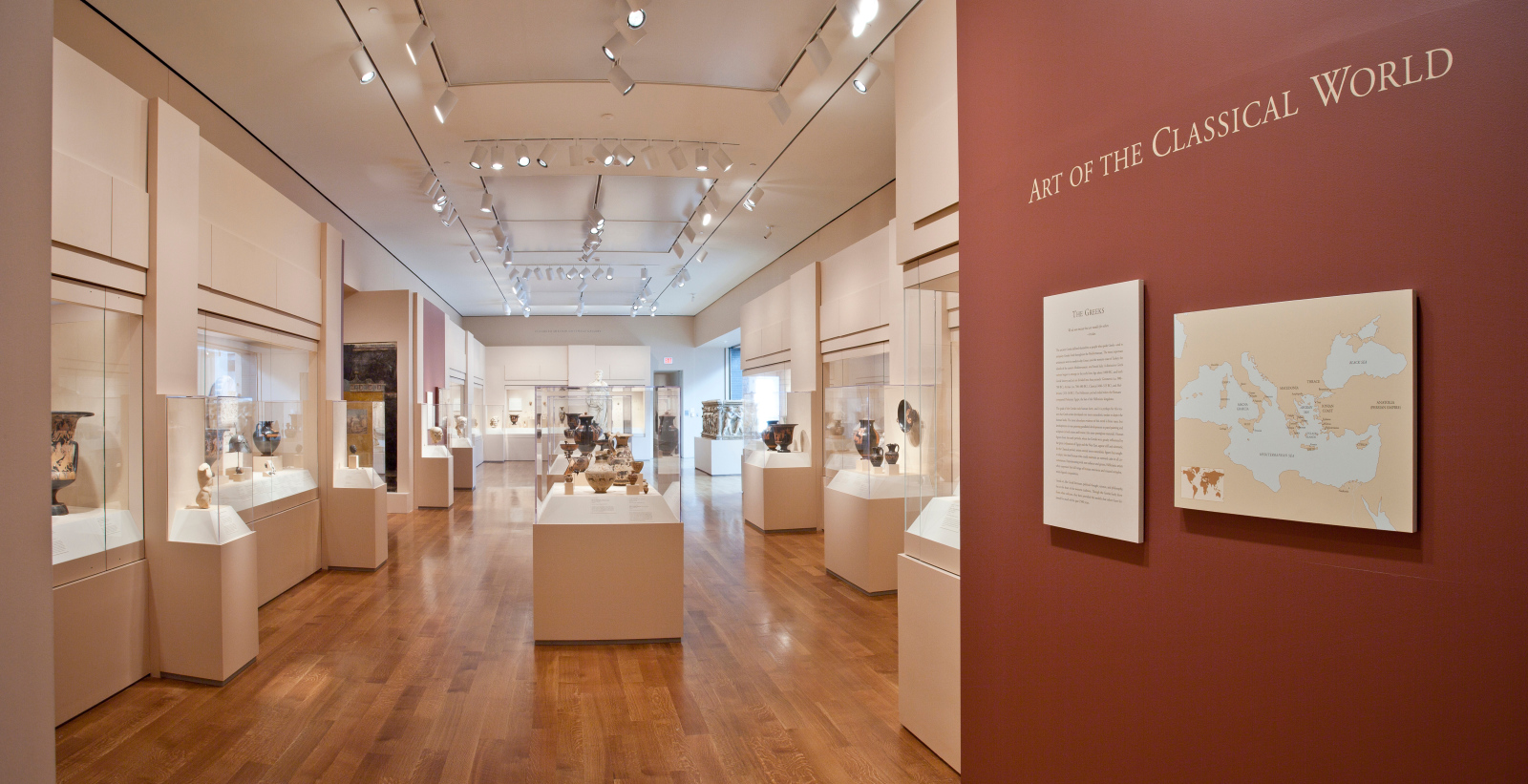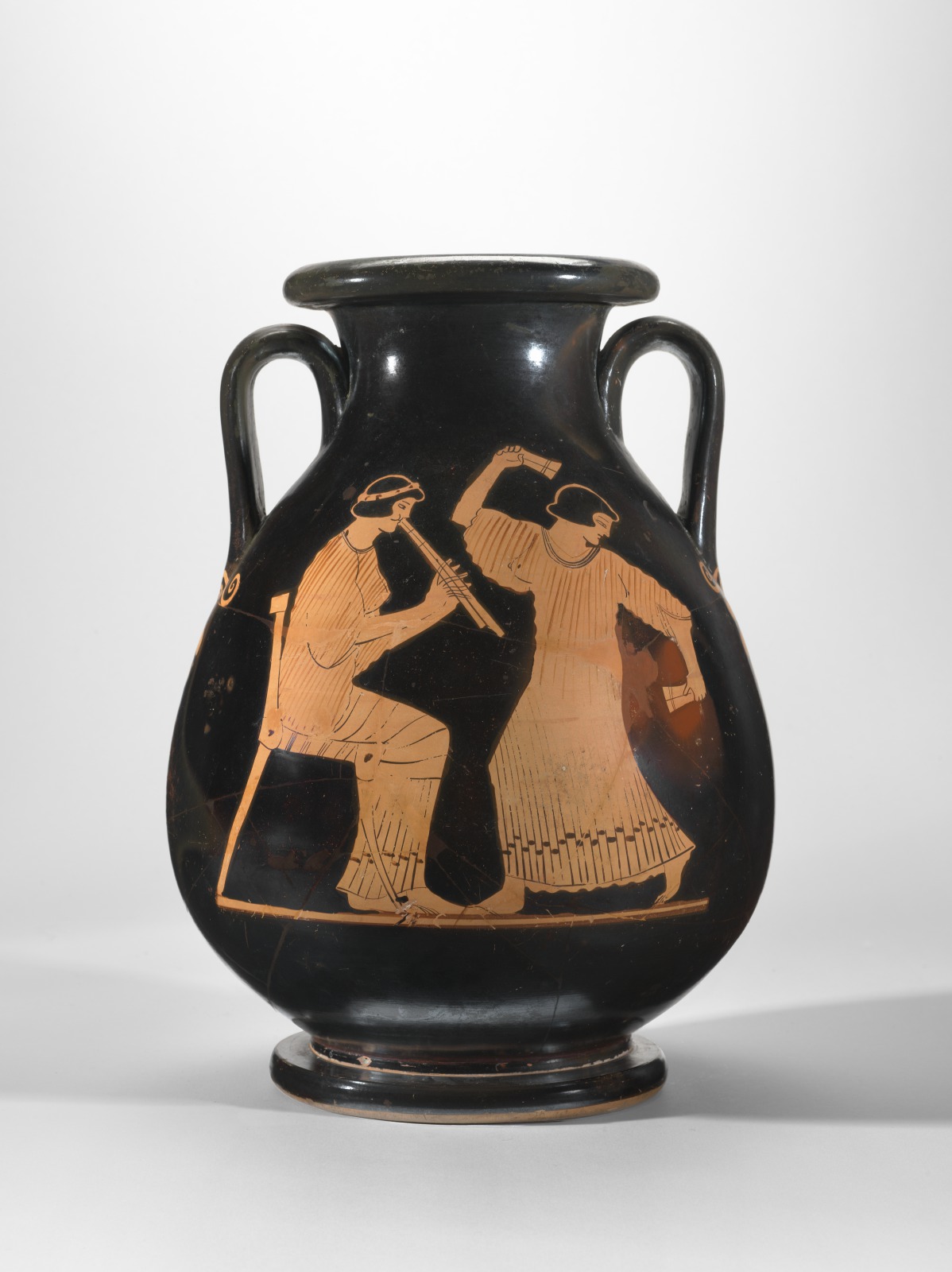
Gallery Preview: Ancient: Greece, Etruscan, and Roman
Before your visit to VMFA, introduce your students to the galleries. Let them explore the space and imagine what they can find there!
Take a Look Inside
VMFA’s collection of ancient Mediterranean art is one of the largest on the East Coast, spanning more than 5,000 years of human history, from Pre-Dynastic Egypt in the 4th millennium BC through the fall of the Byzantine Empire in AD 1453.
Click on the image for a virtual view of VMFA’s Classical Galleries which feature art from Ancient Greece, Rome, and Etruria. Here you can get an idea of the kinds of objects on display in the museum. We will be visiting this gallery during your Evans Distance Learning visit and exploring just a few of these objects.
As you take a look around consider:
- What kinds of objects do you see?
- How are they displayed?
- If you could visit in person, what might you be interested in looking at first?
- Do any of these objects remind you of topics you are studying? How?
A Closer Look: Is This Stuff Real?
Yes! The objects displayed in these galleries are real examples of art made by Greeks and Romans thousands of years ago. Art like this is the basis for our knowledge about these ancient cultures. By caring for and studying these objects in museums like VMFA, we are able to connect with the people of the ancient world, consider how they understood the world around them, and explore how they visually shared stories and ideas with one another.
Fortunately, you don’t have to be a scholar or an art specialist to take a closer look and begin exploring. All you need is a little bit of time and some curiosity!
Why don't you give it a try?
Use these simple steps to take a closer look at this object from about 480 BC.
- Take a brief look at this object and write down your first impression by finishing this sentence:
This object is… (you can write anything— a single word, a full thought, even a question).
- Now look back at the image. Keep looking for ten seconds. Write a new sentence.
Now I think this object is… (elaborate on your first idea).
- Repeat step two. This time finish the following sentence:
I wonder…
- One more time! This time finish the following sentence:
The artist seems interested in…
Now you’ve looked at this object for at least 30 seconds. Look at your list of sentences. You’ve just connected with a Greek artist who made this painting centuries ago. Click on the image to find out more about this object. What are you still curious about? What new ideas do you have?


